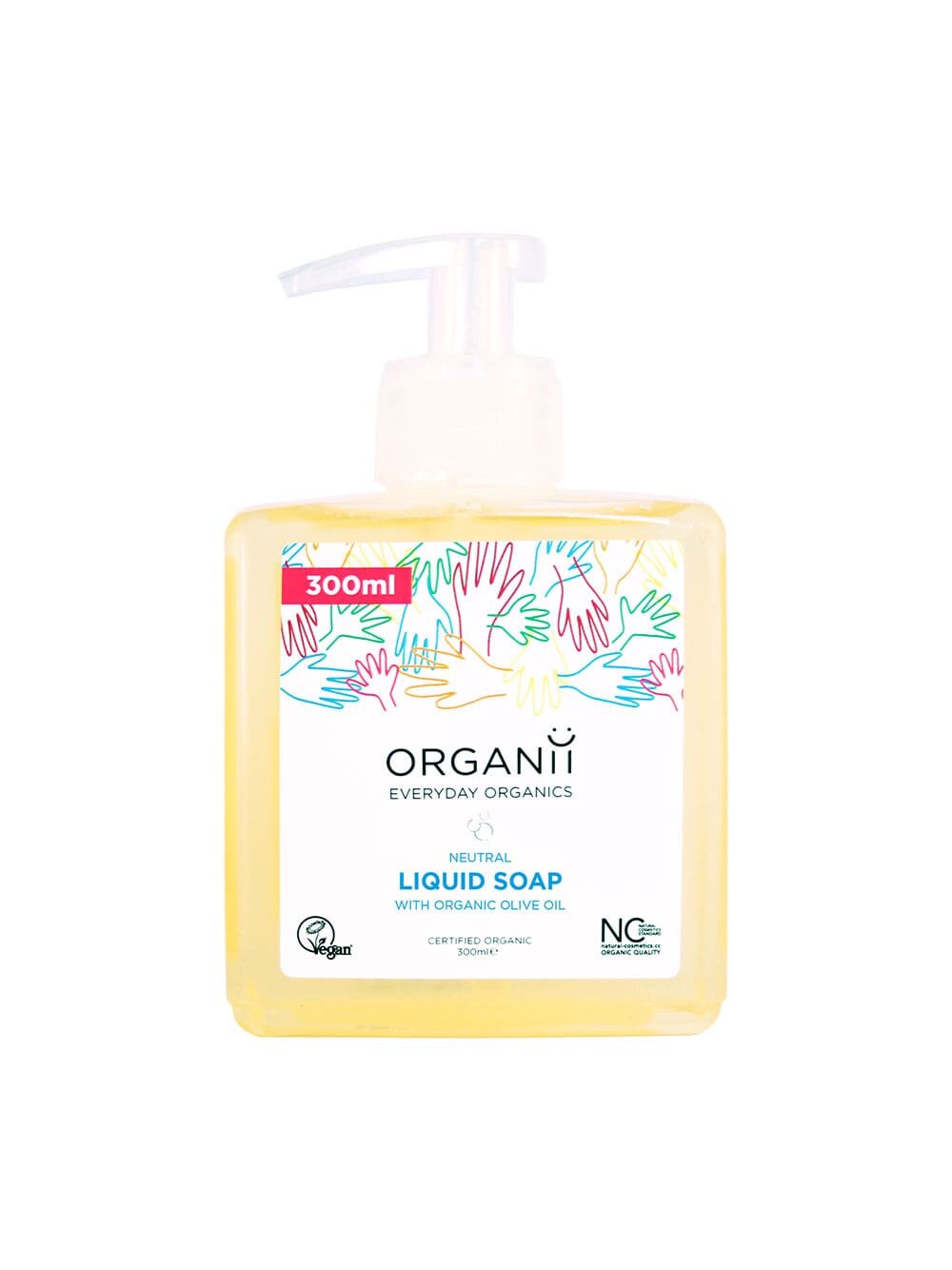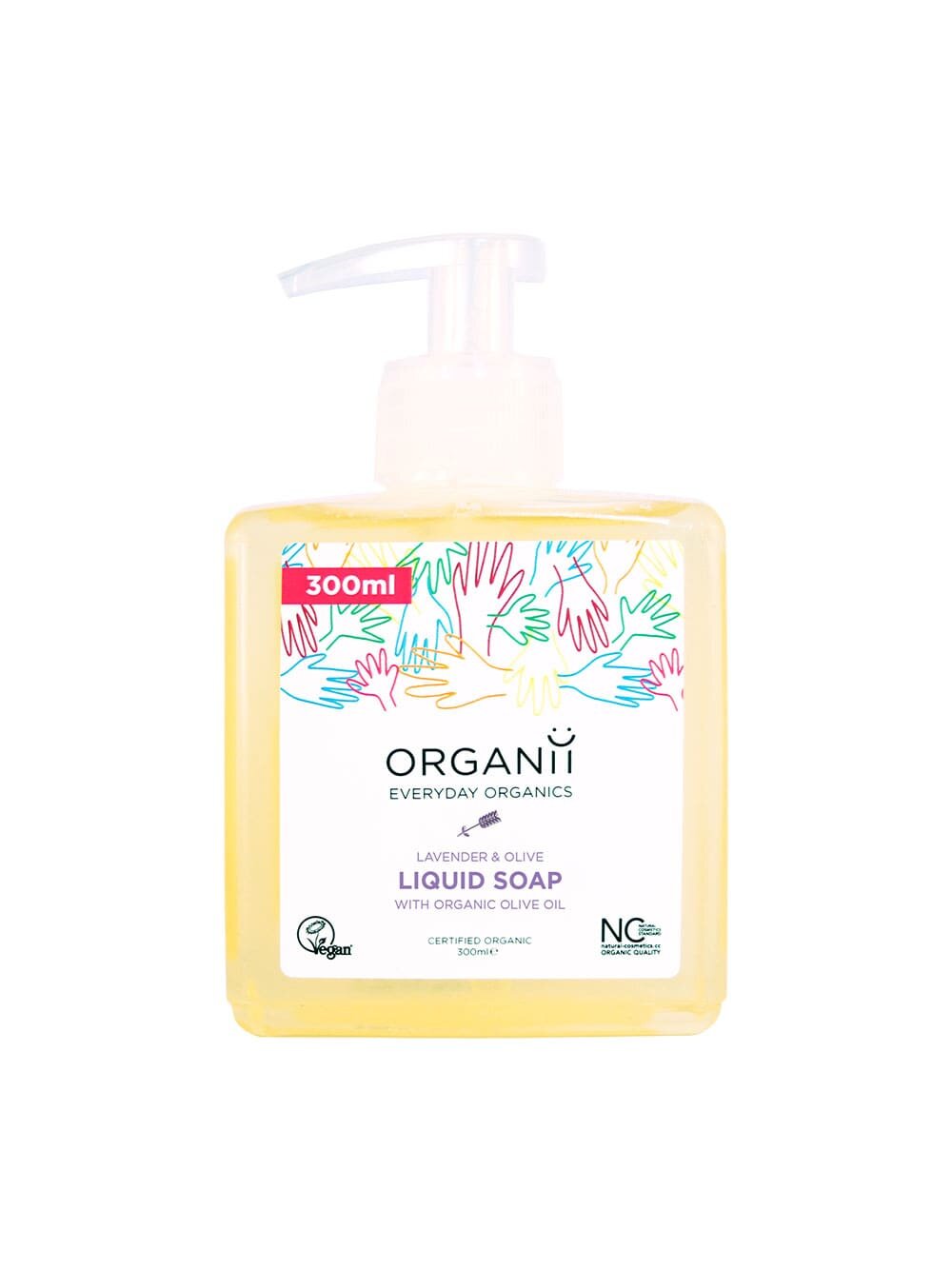3 Steps to help dry hands - 1/3.
Are your hands are drier than ever? After a year of frequent sanitising and extra hand washing on top of the cold winter weather we are all feeling the effects so we have put together our top tips for keeping dry, cracked hands at bay all year round.
In this first part of our 3 step series we will look at what common soap ingredients dry out hands, what to look our for on the label and what ingredients we can use for happy, healthy skin.
1. We all know we need to wash our hands but some soaps are much harsher than others while not being any more effective.
Legally, in order to label a product as ‘Soap’, it must have been tested to ensure it fulfils it’s primary function (cleaning) and any secondary functions that are claimed on the packaging through either a laboratory test or a consumer test with at least 15 people. Therefore, you can be assured that all products labeled as soap on the market are effective for cleansing; removing dirt, bacteria and germs. However, not all soaps are made equal and at ORGANii we think it is important to ensure hands do not become dry or irritated from soap usage, which is why we use hydrating ingredients along with cleansing ingredients in every bottle.
Ingredients we avoid;
Ingredients like Sodium Lauryl Sulfate (SLS) and Sodium Laureth Sulfate (SLES) are the most common sulfates in soaps as they are very effective foaming agents. As consumers we have been taught, through some great marketing, to believe that the more foam created in soaps, shower gels and shampoos = the better they are working. In reality, these ingredients are no more effective at removing dirt and bacteria from the skin than the natural alternatives, however they are known to over-strip the skin of its natural oils and can be very irritating to the skin and eyes.
So what exactly are SLS and SLES?
Sodium Lauryl Sulfate (SLS) is made synthetically by reacting lauryl alcohol (usually sourced from petroleum) with sulfur trioxide (produced by the burning of sulfur or iron pyrite - out of laboratories it is most commonly found near industrial plants that burn coal or oil containing sulfur compounds) to produce hydrogen lauryl sulfate. This is then neutralised through the addition of sodium hydroxide or sodium carbonate to produce SLS.
Sodium Laureth Sulfate (SLES) is made when Sodium Lauryl Sulfate (SLS) undergoes a process called ethoxylation, a chemical reaction in which ethylene oxide (a man made flammable colourless gas which is also used in the production of several industrial chemicals) is reacted with other chemicals (in this case SLS) to make the chemical less harsh. Therefor, although it is still a known irritant, SLES is not as irritating to our skin as SLS. However, due to ethoxylation process SLES “may be contaminated with potentially toxic manufacturing impurities such as 1,4-dioxane” - EWG.
Of course, not all products that contain SLES also contain 1,4-dioxane. A 2008 report from the Organic Consumers Association (OCA) and Environmental Working Group (EWG) concluded that “The carcinogen 1,4-dioxane contaminates up to 46% of personal care products tested”. The problem is that because 1,4-dioxane is a contaminant produced during manufacturing, companies are not required to list it as a ingredient on product labels so there is no way to know for certain whether a product that contains Sodium Laureth Sulfate (SLES), or any of the 55 other cosmetic ingredients that can contain the contaminant, actually does.
Unfortunately it’s not as simple as avoiding ‘conventional’ products either, the report also concluded that products from brands that market themselves as ‘natural’ and ‘organic' (but do not have any organic certification) also contained the contaminant; “…detailed the presence of 1,4-dioxane, a carcinogenic contaminant, in 47 of 100 so-called natural cleaning and personal care products” - EWG. It really is about reading the label here and checking for ingredients that may contain the contaminant;
Sodium Laureth Sulfate (SLES)
PEG compounds (usually listed as “PEG” followed by a number)
Chemicals that end in “eth” (this denotes the ethoxylation process), like ceteareth and oleth
Alternatively you look for an organic certification on the label as certified organic products can not contain any of these chemicals.
What are PEG compounds?
Polyethylene Glycols (PEGs) are petroleum-based compounds that are used in personal care products to help stabilise the other active ingredients and enhance the penetration of these into the skin. In an ingredients list PEGs will be followed by a number which represents the approximate molecular weight of that compound. In general, skincare products will use PEGs with lower numbers as the lower the number, the more easily the compound is absorbed into the skin.
Why don’t we use PEGs?
Other than the risk of contamination with 1,4-dioxane and other toxic impurities, PEG’s work by altering the surface tension of the skin which can upset the natural moisture balance, reducing the skin's moisture levels and drying it out.
Certified organic and natural cosmetics will never use PEGs but check for a logo and if there isn’t one then have a look at the ingredients, not all products that claim to be ‘natural’ are certified and due to the loose definition and lack of regulation around the word it is very open to interpretation. In fact, some products labeled as "natural" only have one natural ingredient and also contain petroleum-based, synthetic and skin-irritating chemicals.
Why are these ingredients even used by skincare companies?
Both SLS and SLES are foaming agents, which means they produce a lot of foam or bubbles, and they have a very low cost meaning that cosmetics companies can produce the desired foaming effect at a fraction of the price of using natural, organic, sustainable and skin-friendly ingredients.
Using a vegetable oil based soap with a high content of coconut oil or olive oil will help to rehydrate hands while still being as effective at removing dirt and bacteria.
Coconut oil and Olive oil are both great natural soap ingredients as they are effective at cleansing while also being gentle on skin. In general, soaps made with Coconut oil provide a more bubbly lather while those made with Olive oil, which is the base of our ORGANii Liquid Soaps, are more conditioning and moisturising.
Vegetable Glycerin is also a great ingredient in soap as it helps to lock in moisture and prevent skin from over-drying during the cleansing process. At the same time, Vegetable Glycerin is non-greasy which means it is also ideal for anyone with oily or combination skin.
We also use Sunflower Seed Oil in our Liquid Soaps as it is rich in essential fatty acids and vitamin E and helps to produce a lather that is incredibly conditioning for the skin. Other great conditioning natural base oils that can be found in Liquid Soaps available on the market are Argan Oil, Almond Oil, Apricot Kernel Oil, Avocado Oil, Grape Seed Oil, Jojoba Oil and Macadamia Oil.
What about Fragrance?
The main issue with fragrance in skincare is that the precise ingredients are ‘commercially sensitive’ and will not be listed in any ingredients list. Synthetic fragrances are much cheaper than natural plant-based scents, and 95% of the chemicals in most commercial fragrances are synthetic compounds derived from petroleum and natural gas which can cause skin irritations and allergies alongside other health concerns. Even products marketed as “unscented” can include fragrances that are used to mask an unpleasant base formula.
“The word "fragrance" or "parfum" on the product label represents an undisclosed mixture of various scent chemicals and ingredients used as fragrance dispersants such as diethyl phthalate. Fragrance mixes have been associated with allergies, dermatitis, respiratory distress and potential effects on the reproductive system.” - EWG
Certified natural or organic products should not contain synthetic fragrance, even though it will still be listed as ‘fragrance’ on the ingredient list. Instead these scents will be from natural essential oils which are compounds extracted from plants through either distillation (via steam and/or water) or a mechanical method, such as cold pressing. Any certified organic product will also not contain phthalates. If you have particularly sensitive skin, please note that some botanical extracts can still cause reactions in some people, so if unsure go for a fragrance-free option.
So what do we suggest?
We know that the cosmetics market is a mind field of confusing marketing messages and miss-information which, along with greenwashing, can make you feel like you do not know where to start.
1. Read the label – avoid soaps that contain SLS, SLES and PEG’s. If a product lists “fragrance” in the ingredients then ask the brand what the source of the fragrance is. Certified organic products should not contain any synthetic fragrances and if you are unsure of what an ingredient is then we recommend checking EWG’s Skin Deep Database.
2. If you are choosing a ‘fragrance free’ option then again, read the label – make sure that the product is truly fragrance free and is not using another chemical to mask the scent, if in doubt ask the question.
3. Shop with brands that are conscious and transparent about the ingredients they are using – if you ask any brand outright about their ingredients and they will not give you a straight answer then question why that is.










